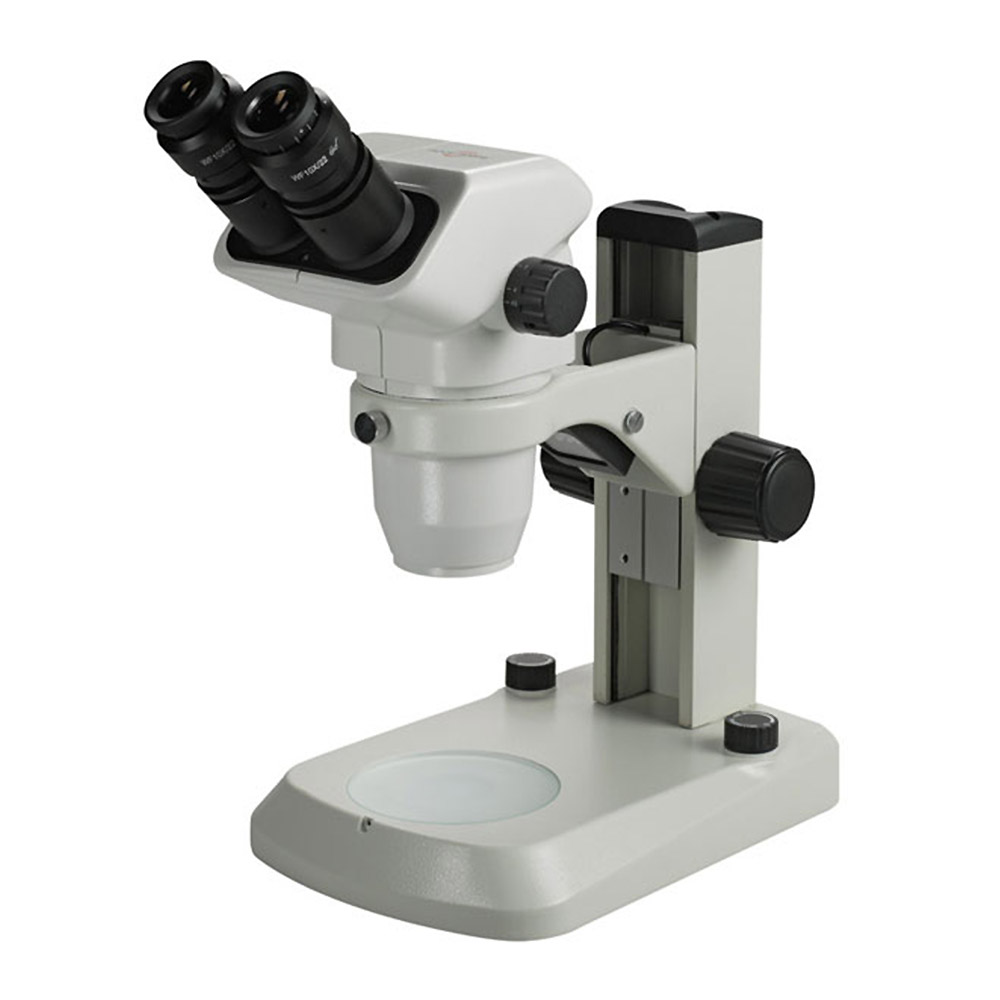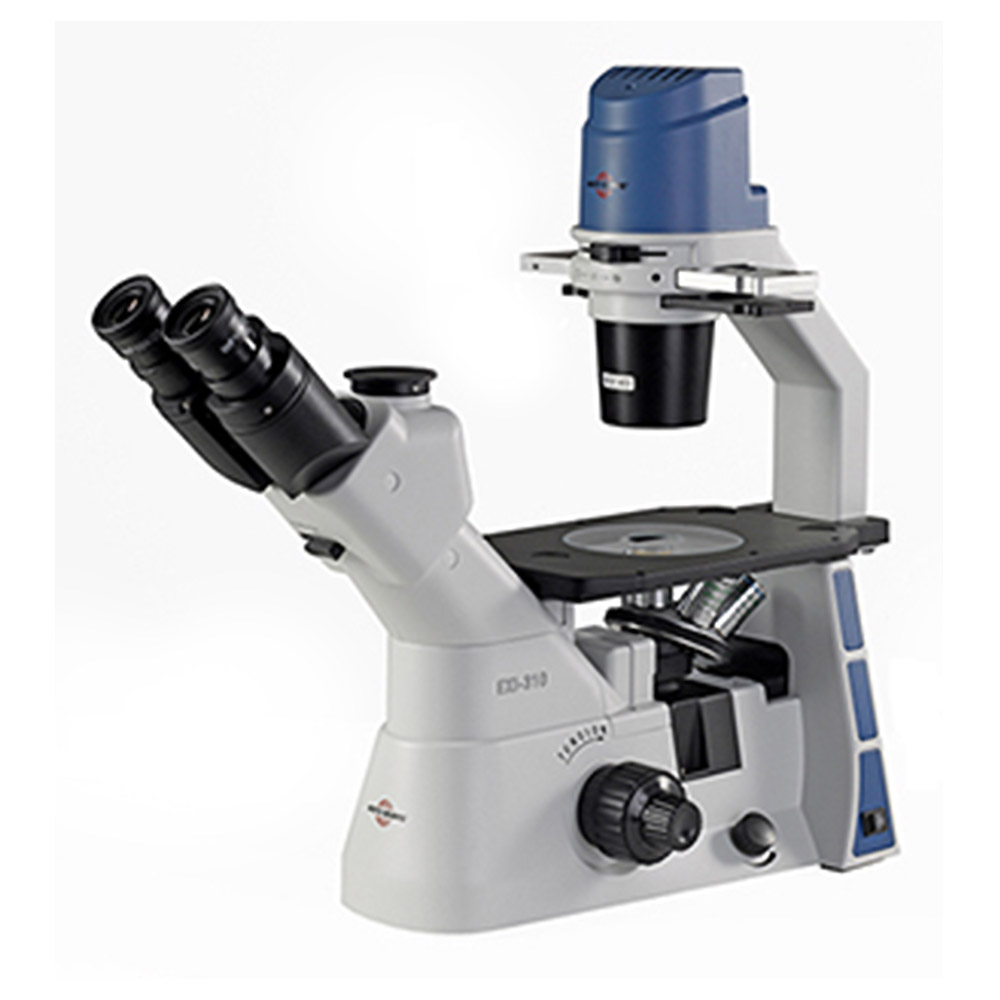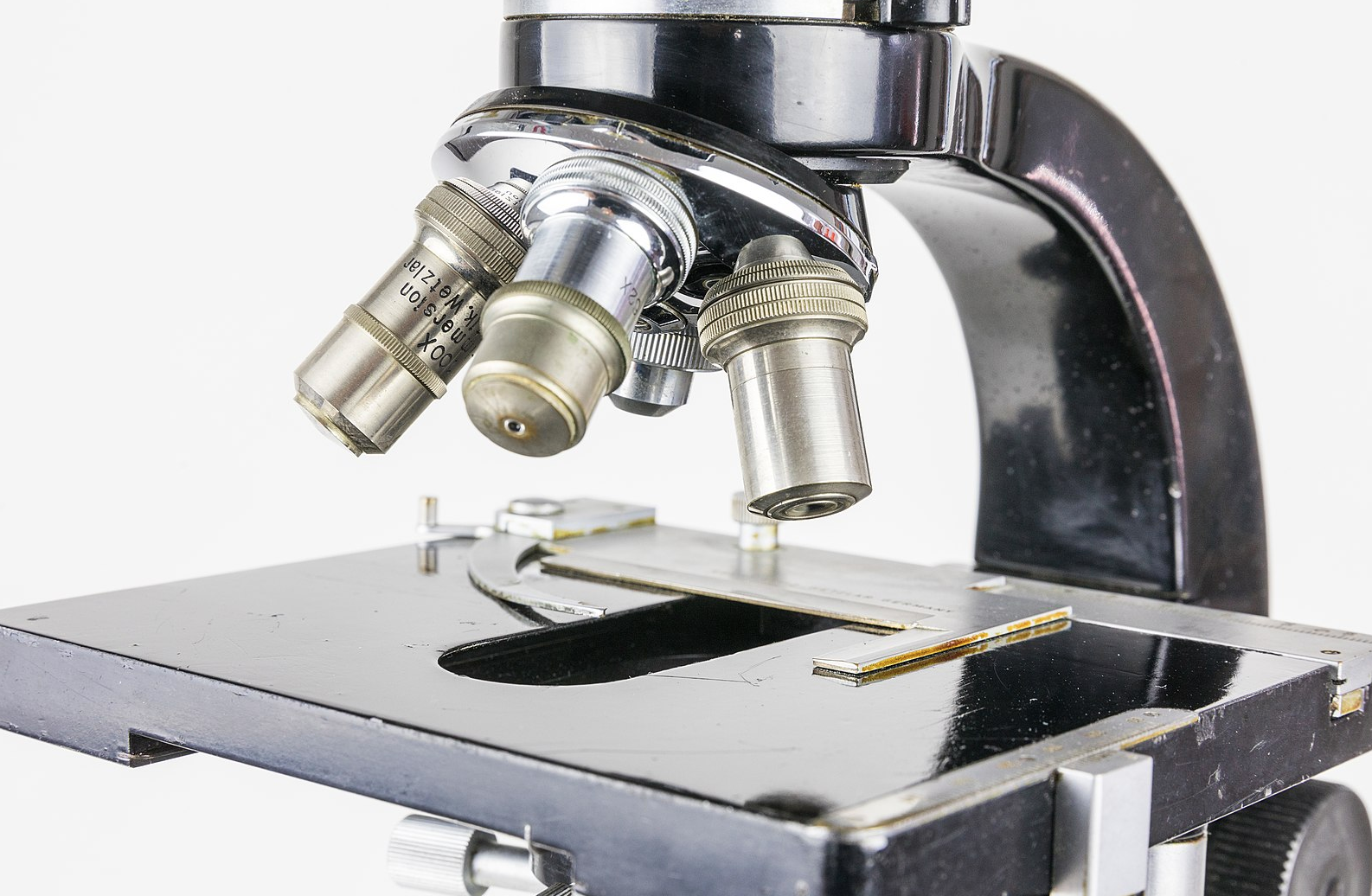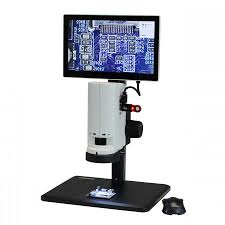The Basic Types of Microscopes
If you’re just entering the world of microscopy, you may be feeling a bit lost. There is a lot of terminology to know and you may not be sure where to start. But, let’s start simple: there are four basic types of microscopes you should know.
Types of Microscopes

Stereomicroscopes
Stereomicroscopes are for observing samples at lower magnifications. In life sciences, some refer to them as dissection scopes. For industrial applications, they are assembly or inspection scopes. Typically, samples have light reflected off them rather than through them. Although, they can include transmitted light as well. What’s unique about stereomicroscopes is their zoom capability. Get a Google Earth view of your sample, then quickly zoom in for a closer look at some details. Some high-end models can zoom from 6x to 160x just by turning the dial.
The stereomicroscope is mainly for looking at fine details of larger samples. With very little sample preparation. To carry out close work with tools such as dissection, microsurgery, or medical device and micro-electronics assembly. Learn more about the history of stereomicroscopes here.
Compound Microscopes
For viewing something in detail that you can’t even see with the naked eye, such as bacteria, cells, or the composition of cast iron, a compound microscope will do the trick. Compound microscopes are best for viewing the internal structures of cells and scenarios where high magnification is required. These are the best types of microscopes for lab work that you might find in a university classroom, research lab, or a manufacturing quality control lab environment. Typically, samples must be prepared for observation.
Here is a quick head-to-head:
- Stereomicroscopes: Best for low-magnification work and using tools under the scope
- Compound Microscopes: Best for high-magnification work
- Both can have cameras attached for imaging and analysis
Inverted Microscopes

An inverted microscope is also a compound microscope with its light source and condenser on the top, above the stage pointing down. While the objectives and turret are below the stage pointing up. One use of inverted microscopes is observing living cells or organisms at the bottom of a tissue culture flask. This cannot be done easily using a conventional “upright” compound microscope because the lens would get wet (although, ceramic dipping lenses are available). Another use is for closer inspection of large parts, like a gear or piston from an engine. The part can be placed directly on the stage and examined for defects or metal composition at up to 1500x optical magnification!
Macroscopes
Macroscopes are similar to stereomicroscopes as they are routinely used for lower-magnification inspections. They are literally one optical side of a stereomicroscope zoom body. Technically, macroscopes are like compound microscope lenses with zoom capability. Typically today, we find macroscopes as a fully digital solution. There are no eyepieces. The image runs direct to a monitor or through computer and software.
Ideal for operators in manufacturing to inspect and change parts quickly. Even in-line during the assembly process. Operators have less eye strain and ergonomic fatigue as they only need to watch the big screen positioned comfortably in front of them.
Ready to continue your journey into microscopy with the right microscope for your application? Talk to one of our friendly, expert representatives here.


